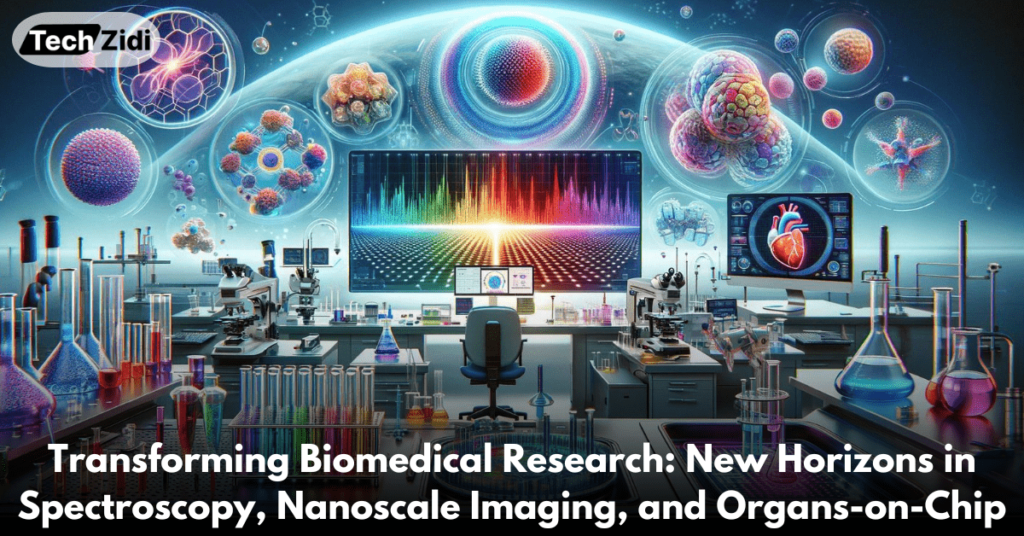Biomedical research is changing a lot because of new spectroscopy techniques, organ-on-chip technology, and automated atomic force microscopy. These scientific achievements, such as the National Institute of Standards and Technology’s organ-on-chip technology, Canada’s launch of the world’s first automated atomic force microscope, and Australia’s creation of a new spectroscopy technique, are not only important steps forward but also signs of hope for future research.
An Advancement in Personalized Medicine
Organ-on-a-chip technology is changing the way drugs are tested by performing biological functions similar to those of human organs. In this way, researchers can see how drugs work on real human tissue in a controlled setting. The National Institute of Standards and Technology is working on making rules that will make sure these devices are reliable and accurate. This technology has big effects on heart research and drug development. It shows us what personalized medicine might be like in the future.
Nucleoscale Imaging: Solving the Mysteries
A Canadian company made the first automated atomic force microscope in the world. This makes it possible for researchers to get 3D data of the nanoworld with a level of ease and accuracy that has never been seen before. This big step forward in imaging technology will speed up research in many fields of science, such as biology and materials science. Researchers could make huge steps forward in fields like medicine, engineering, and environmental science with the help of the automated atomic force microscope. It could change the way they study and understand even the tiniest particles. The ability to explore the nanoscale with such precision will fuel advancements in technology and drive scientific progress for years to come.
Highlighting Quantum Interactions
A team from Australia is working on a new spectroscopy method that will make it easier for scientists to study how light and matter interact in semiconductors. This breakthrough could lead to significant advances in technology and a deeper understanding of the universe’s fundamental principles. Organ-on-chip technology, automated atomic force microscopy, and new spectroscopy techniques are all coming together. This is a big step toward a future where we can understand the mysteries of the human body and the quantum world. These advancements highlight the importance of interdisciplinary collaboration and technological innovation in solving the complex challenges facing humanity today.



